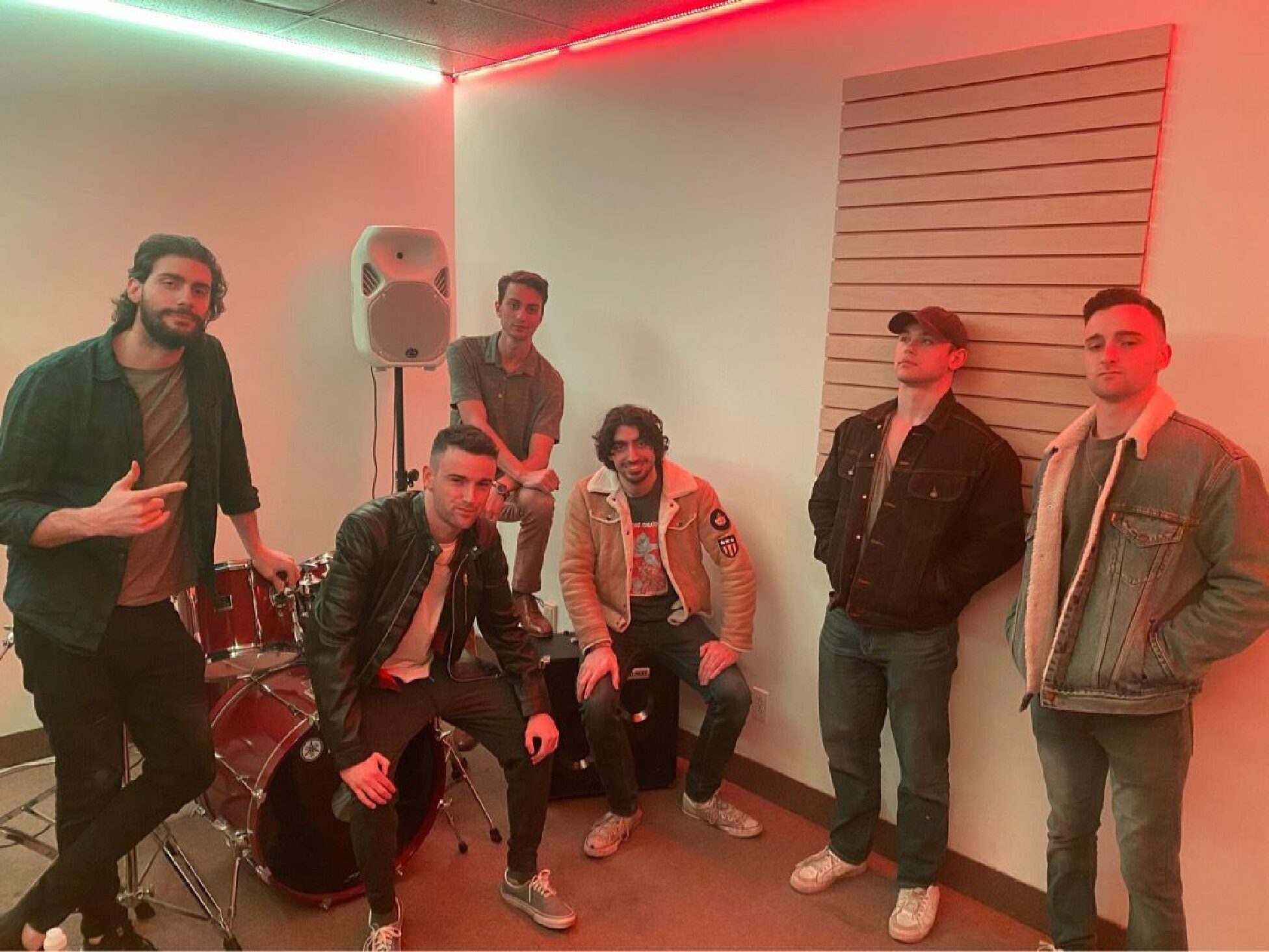Why hip-hop mogul Jay-Z’s new music streaming platform is doomed to fail

“Our goal is simple,” said Alicia Keys.
Alicia Keys takes to the podium at the James A. Farley Post Office in New York for a press conference, streaming online for the world to see, she opens by spouting endless praises of music’s importance and even name-dropped Nietzsche. Celebrity attendees and co-owners stood rigidly in silence, awkwardly gazing at the crowd before them and occasionally cracking a smile. They let Keys speak and yet their glances alone say it all: “is anyone buying into this bullshit?”
TIDAL is the latest expensive business venture taken by hip-hop mogul Jay-Z and his dozen or so celebrity friends.
A streaming platform not unlike Spotify, TIDAL promises to deliver nebulously “unique experiences” to its audience, hi-fidelity lossless audio and a closer fan-artist relationship than ever before. Seeing as many of the music industry’s biggest names have removed their catalogue from Spotify over monetary and licensing disagreements, TIDAL also happens to provide a home for them—sometimes exclusively! Sound good?
While the idea of an artist-owned music platform isn’t an inherently bad one (on the contrary!), just about every other aspect of Jay-Z’s pitch is offensively out of touch and caked in hyperbolic fluff.
The thought that the average consumer will be compelled to spend more, in this case $20 a month, because some of the world’s richest musicians are the ones collecting the fee is an absurd one.
The fact that TIDAL’s marketing campaign resembles a gathering of conniving super villains plotting the world’s impending doom, one “revolutionary” app at a time, doesn’t exactly do them any favours either, nor do the vapid, masturbatory ruminations on art provided by Madonna and her peers.
So what does TIDAL offer that Spotify doesn’t? Lossless, hi-fidelity audio, that restores the original sound data from its compressed version. If the catastrophic failure of Neil Young’s hi-fidelity audio player and service PONO wasn’t proof enough (sorry, Neil), the average consumer simply doesn’t care about bitrates and compression levels, nor are they properly equipped to even hear much of a difference at all. Lossless audio is virtually indistinguishable from a standard 128 kbps file if listened to on a pair of cheap Apple earbuds, let alone on a phone.
Another thing to consider when dealing with lossless audio is the incredibly large size of even a single song; a four-minute song can easily surpass 30 MB in size. Factor in the average person’s limited data plan and you’re looking at a sizable bill. So much for TIDAL’s sole “advantage.”
So who is TIDAL for? Aside from the wealthy individual with an unlimited data plan looking for a convenient fix to stream their favourite Taylor Swift and Beyoncé singles, it’s hard to say. It certainly isn’t aimed at the average music listener; for all of its boisterous claims of wanting to bridge the gap between artist and fan, the outcome is decidedly one-sided and unappealing.
Most people simply don’t have or don’t want to spend much money on music.
Spotify, for all of its faults, serves as a welcome way to curb piracy, meeting the consumer at an agreeable halfway point. While competition is great and Spotify is by no means a perfect solution, TIDAL’s approach is simply too forceful and antagonistic to be viable in its current form. Sorry, Jay!




(Taps)